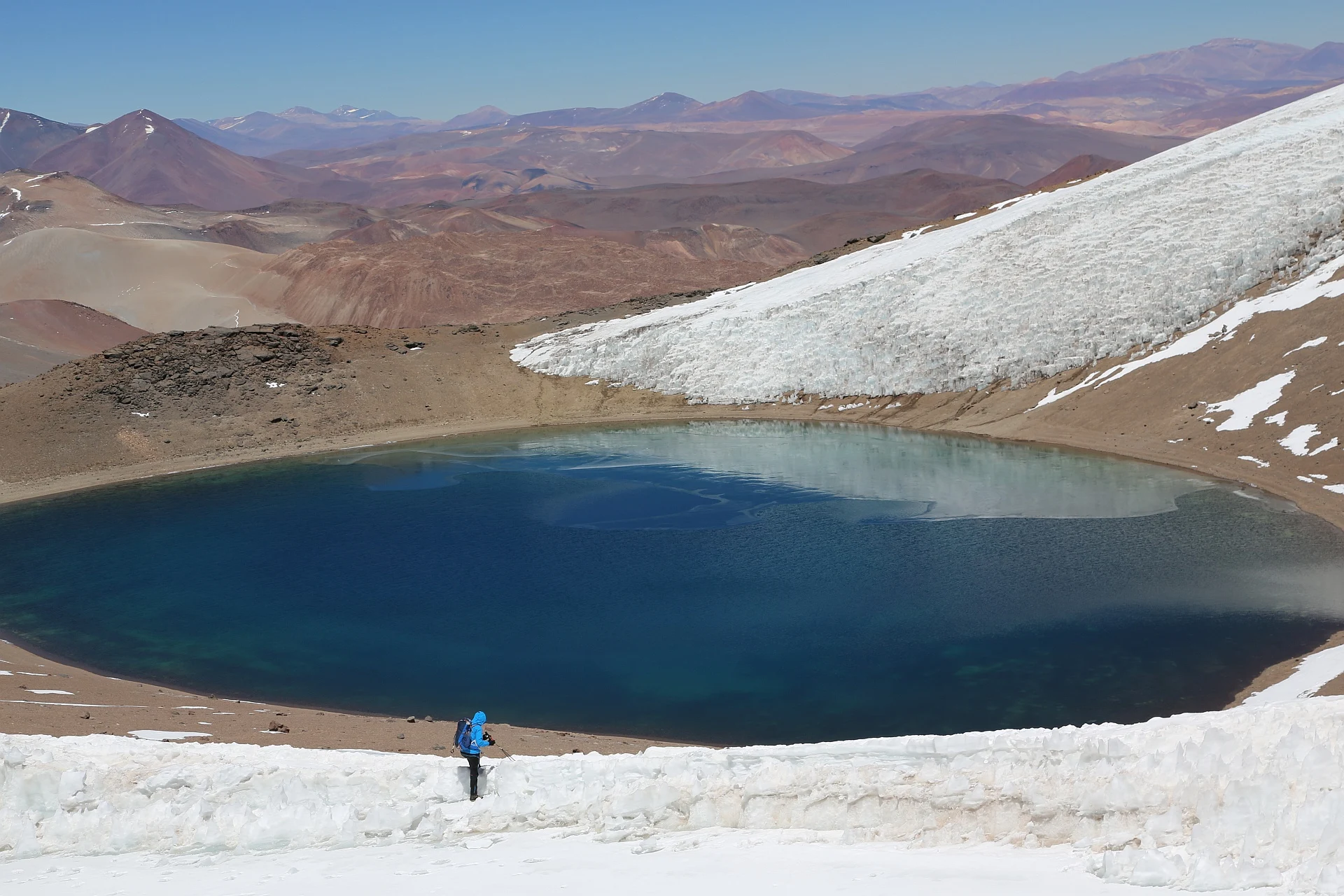 |
Nevado Tres Cruces National Park was formed on an area of 59,081.87 hectares on June 29, 1994 (46944, 37 hectares in the Laguna Santa Rosa sector and 12137.5 hectares in the Negro Francisco lagoon sector). Located in the communes of Copiapo and Tierra Amarillo (Copiapo province, Atacama region). In addition, since December 1996, the Negra Francisco - Santa Rosa Lake Complex has been protected as a Ramsar site. The park also includes a part of the Marikunga salt marsh.
 |
| Nevado Tres Cruces National Park |
The Nevado Tres Cruces National Park is located in the province of Copiapo, east of the city of Copiapo, in the Atacama region. The area is 59,081 hectares, divided into 2 parts. The first part of the park occupies the southern part of the Salar de Maricunga, the Santa Rosa Lagoon and the Lamas River Valley and covers an area of 4694, the Santa Rosa Lagoon and the Lamas River Valley, an area of 46944.5 hectares. The second part occupies the Negro Francisco lagoon and the mouth of the Astaburuaga river, with an area of 12136.50 hectares.
 |
| Nevado Tres Cruces National Park |
A cold mountain desert climate with insufficient humidity is characteristic. The daily and seasonal temperature ranges are large. Winter precipitation falls in the form of snow, and occasionally drizzling precipitation, which is typical for the type of climate "Bolivian winter". The average annual temperature is 6.90C, the amplitude is 21.90C (the average temperature in January is 16.70C, July is minus 5.20C).
 |
| Nevado Tres Cruces National Park |
According to the Gahaardo classification, the territory of the Nevado Tres Cruces National Park belongs to the region of the high-mountainous Andean steppes, the Altiplano and Pune sub-regions. There are plant communities of desert steppes of the Andean salt marshes and high-mountain deserts (such as the Andean saltpeter springs - Ojos del Salado).
 |
| Nevado Tres Cruces National Park |
The Nevado Tres Cruces National Park is a habitat for migratory and sedentary birds, primarily of the flaming family, which live here in such numbers that have never been observed in any place where salt marshes are distributed. 77 species of 26 families of 49 genera - 62 birds, 11 mammals and 4 reptiles live here. It is also important to emphasize that 16 species of animals are protected according to the list-annex to the Ramsar Convention. Therefore, the two lagoons in which they mainly inhabit are included in the list of Ramsar Sites. According to the Red Data Book of Atacama Aboriginal Flora, the Nevado Tres Cruces National Park is considered to be a place of concentration of priority species, as 90 such plant species grow here.
